Can Pets Detect Human Illness? Exploring Recent Research

For centuries, humans have shared their lives with pets, developing deep emotional bonds that go beyond companionship. Many pet owners will attest to the uncanny ability of their furry friends to sense their emotions, whether it's joy, sadness, or anxiety.
But what about physical illness? Can pets actually detect human illness? Recent studies suggest that pets, particularly dogs, may have an extraordinary ability to sense changes in their human companions’ health.
In this article, we explore the latest research on whether pets can detect illness, how they might do it, and the potential benefits of their abilities.
The Science Behind Pets’ Ability to Detect Illness
It’s well-established that pets, especially dogs, have a heightened sense of smell and hearing compared to humans. Dogs’ sense of smell, in particular, is 10,000 to 100,000 times more powerful than that of humans.
This remarkable olfactory ability allows them to detect subtle changes in human body odor, which may be linked to illness. But how do pets specifically detect these changes?
 Dogs and Their Sense of Smell
Dogs and Their Sense of Smell
Dogs have approximately 300 million scent receptors in their noses, compared to only 5 to 6 million in humans. These receptors allow them to distinguish between different scents at incredibly low concentrations.
When a person is ill, their body chemistry can change, leading to alterations in the scent they emit. For example, illness like diabetes, cancer, or infections can produce unique odor signatures that dogs may be able to detect.
Recent studies have explored how dogs respond to different diseases and whether they can recognize biochemical changes in the human body.
For instance, there is growing evidence suggesting that dogs may be able to detect cancer cells in a person’s breath or skin. This has opened new doors for potential medical applications, such as early cancer detection.
Dogs and Changes in Behavior
In addition to their sense of smell, dogs are highly attuned to their owners' behaviors and body language. They can sense when something feels “off” through subtle cues such as changes in posture, movement, or even facial expression.
If a person is not feeling well or is in pain, dogs might respond by remaining close, licking their owner’s face, or even showing signs of distress themselves.
 Can Cats Detect Illness?
Can Cats Detect Illness?
Although much of the research on pets and illness detection has focused on dogs, there is also some evidence to suggest that cats might have similar abilities, although they may express it differently.
Cats are more independent and less likely to engage in behaviors like sniffing or licking their owner’s body. However, their keen senses may still play a role in detecting illness.
Cats and Their Sensory Abilities
Cats have an extraordinary sense of smell, though not as refined as dogs. They have about 50 to 80 million scent receptors, which is still far superior to humans.
Cats are also very in tune with their environment and can pick up on changes in routine or the smell of their owners. Some pet owners have reported that their cats behave differently when they are sick, becoming more affectionate or staying close to them.
This could be a sign that cats are detecting subtle changes in body odor or behavior that indicate something is wrong.
Emotional Sensitivity in Cats
Like dogs, cats are sensitive to their owners' emotions. They can sense when their human is stressed, sad, or anxious. This heightened emotional awareness could also extend to physical illness, as cats may notice changes in how their owners feel and act.
Some studies suggest that cats may instinctively adjust their behavior to offer comfort or companionship when their owner is unwell.
 Recent Research and Findings
Recent Research and Findings
Recent studies have further explored the idea that pets can detect human illness, particularly dogs. One notable study conducted by the Medical Detection Dogs charity in the UK found that dogs can detect cancer in human breath with a high level of accuracy.
Dogs were able to identify patients with bladder cancer by sniffing their urine, demonstrating that dogs have the ability to recognize chemical markers related to the disease.
Another study by Northwestern University suggested that dogs could even detect low blood sugar levels in people with diabetes.
This is because the body produces unique scents when the blood sugar level is either too high or too low, and dogs may be able to smell these changes.
This finding has led to the development of diabetic alert dogs that can alert their owners before they experience a dangerous hypoglycemic episode.
Dogs and Seizure Detection
Perhaps one of the most well-known abilities of dogs is their capacity to detect seizures in people with epilepsy. While the exact mechanism is still unclear, some dogs are able to sense changes in their owner's scent or behavior before a seizure occurs.
These dogs are trained to alert their owners or caregivers ahead of time, allowing them to take safety precautions. It is believed that dogs may be able to detect chemical changes or changes in their owner’s body language that signal an impending seizure.
 Cancer Detection and Early Diagnosis
Cancer Detection and Early Diagnosis
Some studies have demonstrated that dogs can detect various types of cancer, such as breast, lung, and colon cancer, through changes in a person’s breath or skin odor.
For example, one study found that dogs could identify breast cancer by sniffing breath samples with accuracy rates ranging from 88% to 97%.
This has led to research into using dogs for early cancer detection, which could potentially revolutionize how we diagnose and treat cancer in the future.
How Pets Help in Illness Detection: Practical Applications
While the research into pets detecting illness is still ongoing, there are several practical applications that are already being explored:
1. Medical Detection Dogs
Some organizations have already trained dogs to detect specific medical conditions, such as cancer, diabetes, and seizures. These dogs can be valuable in providing early detection for conditions that might otherwise go unnoticed until later stages.
2. Emotional Support Animals
Pets, particularly dogs and cats, are also being trained as emotional support animals (ESAs) to help individuals with chronic illnesses or conditions like anxiety, depression, or autism.
Their ability to sense emotional and physical changes in their owners allows them to provide comfort and companionship during difficult times.
3. Therapy Animals in Healthcare Settings
Therapy animals are becoming more common in hospitals and nursing homes. These animals not only provide emotional support but may also be able to sense when their human patients are experiencing physical discomfort or emotional distress.
Their presence can help reduce stress and anxiety for patients, promoting overall well-being.
 The Extraordinary Connection Between Pets and Human Health
The Extraordinary Connection Between Pets and Human Health
The growing body of research suggests that pets, especially dogs, have an incredible ability to detect human illness, ranging from cancer to seizures and low blood sugar.
Their exceptional sense of smell, combined with their emotional awareness, makes them valuable companions not only for emotional support but also as potential partners in medical detection.
While there’s still much to learn about how pets perceive illness, the existing research shows that their natural abilities can offer important health benefits, making them more than just pets—they are, in many ways, life-saving partners.
As we continue to explore this fascinating field, pets may play an even greater role in healthcare and disease prevention in the years to come.
Did you find this post useful or inspiring? Save THIS PIN to your PETS Board on Pinterest!
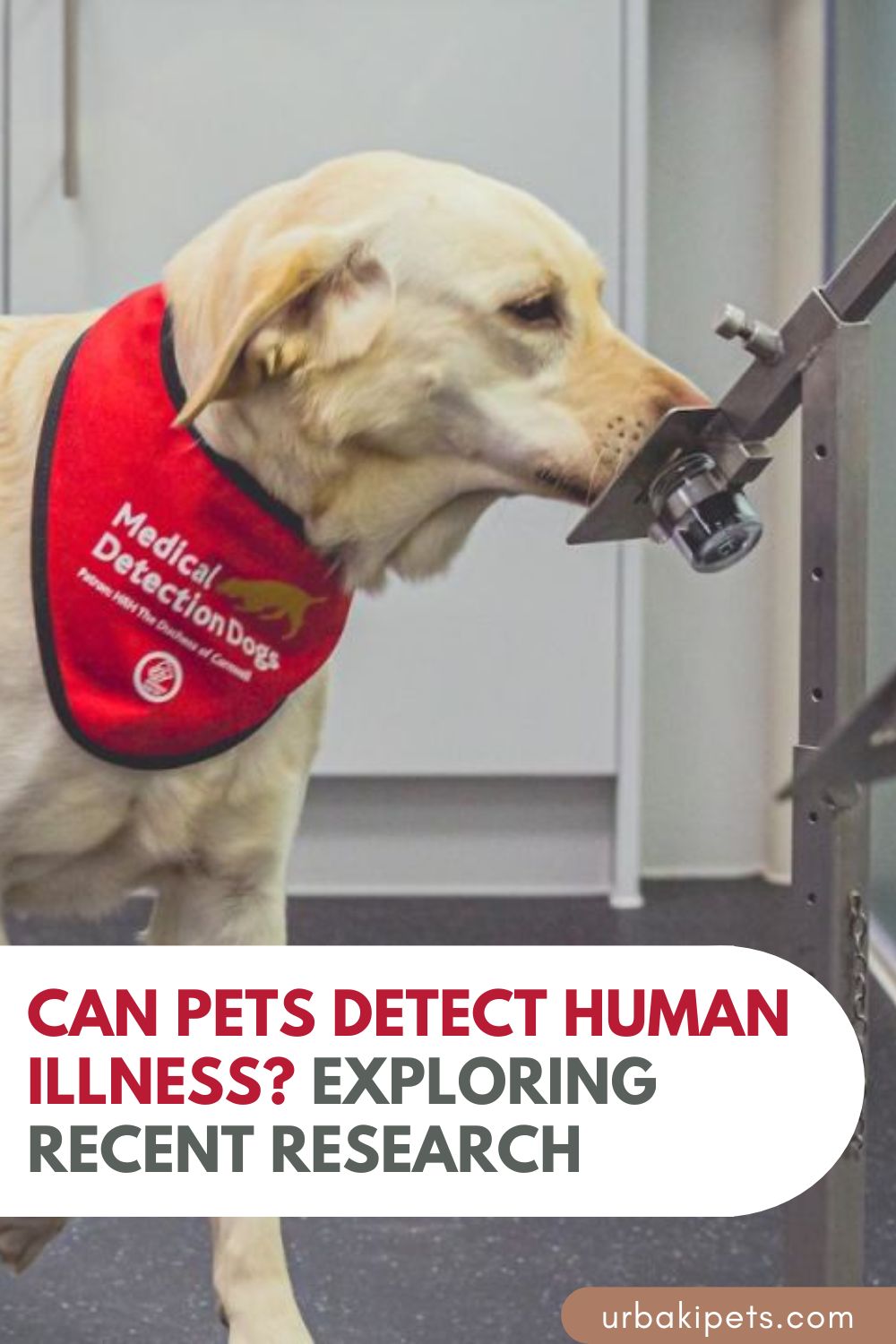

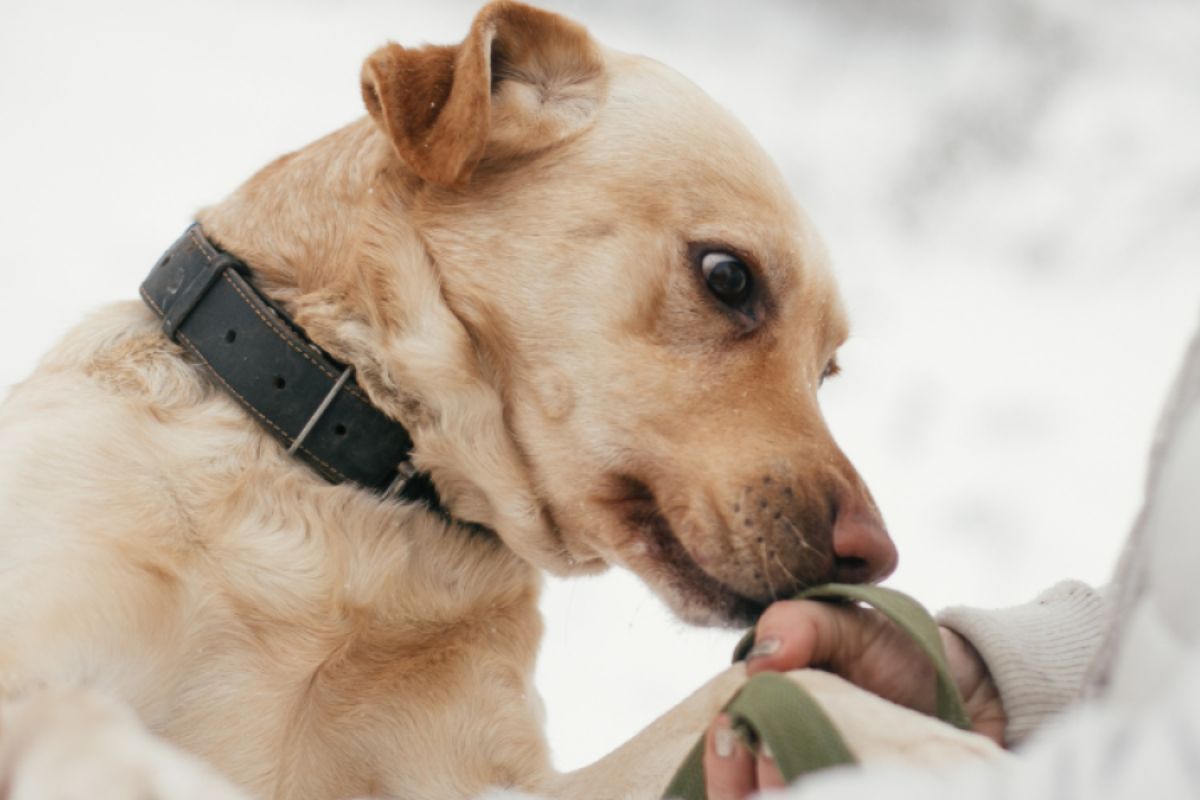 Dogs and Their Sense of Smell
Dogs and Their Sense of Smell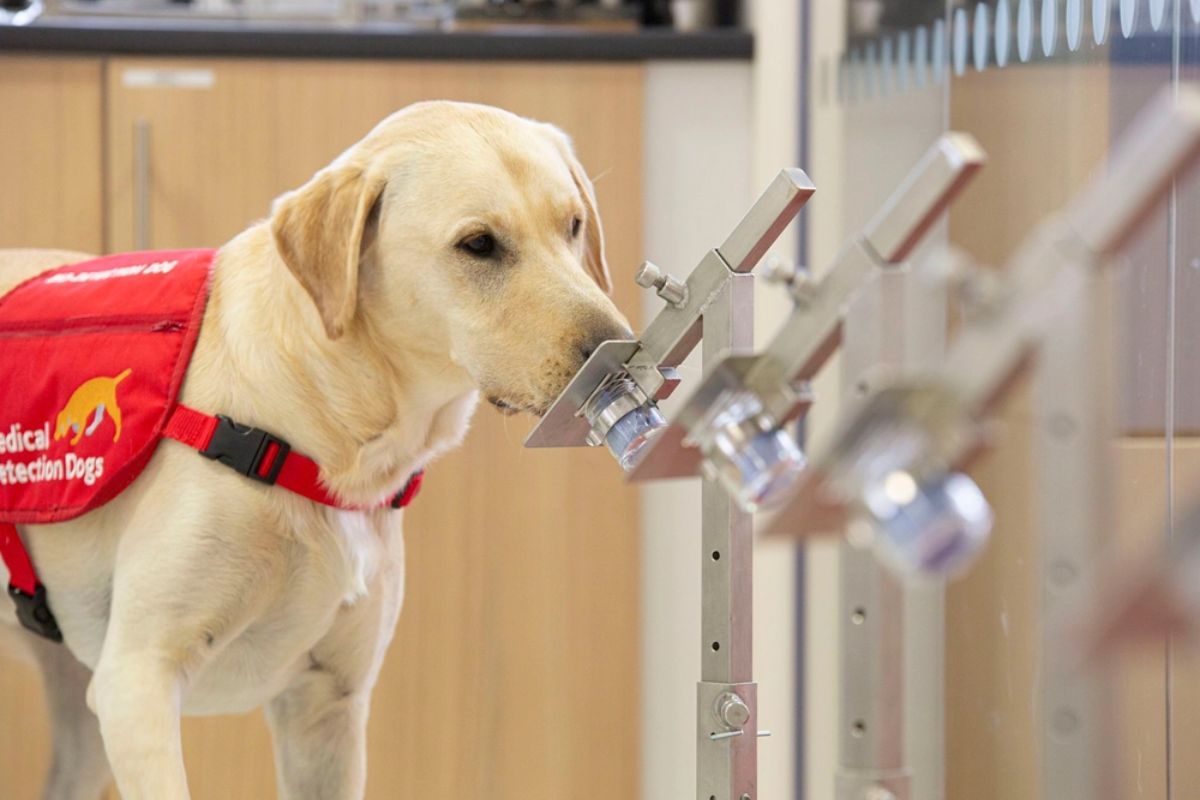 Can Cats Detect Illness?
Can Cats Detect Illness?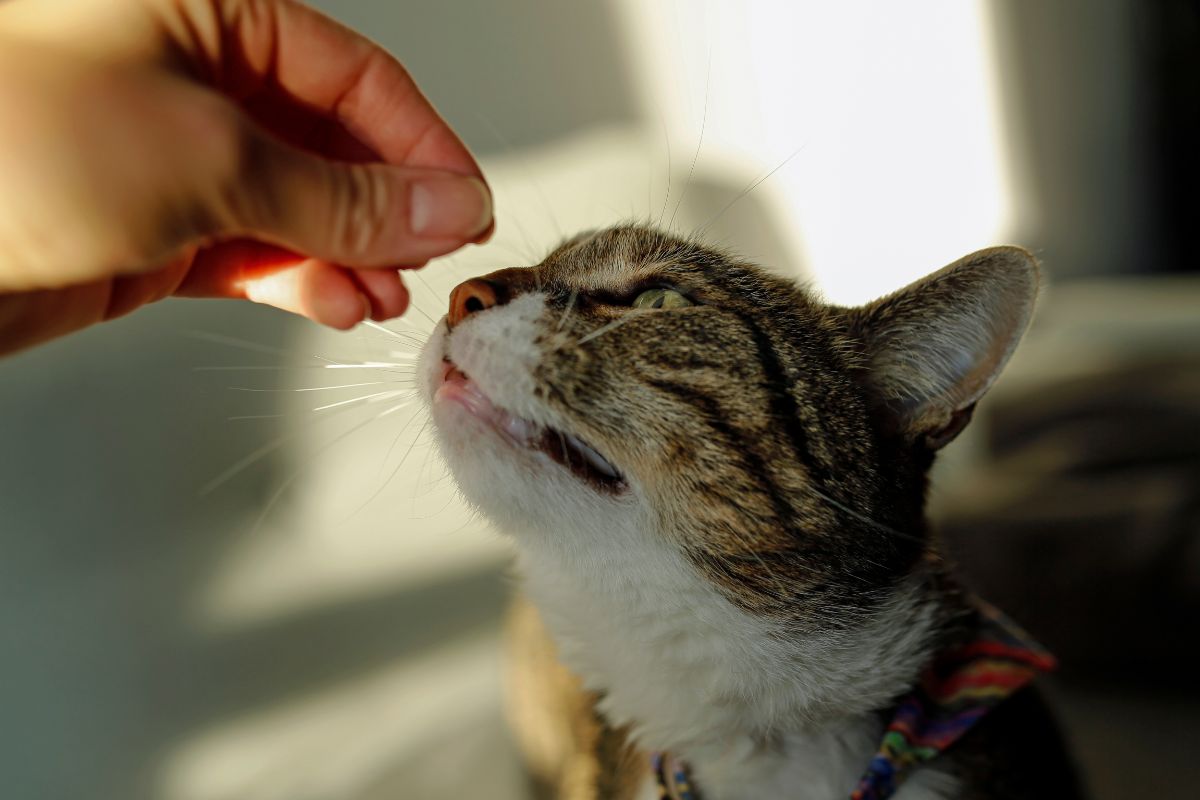 Recent Research and Findings
Recent Research and Findings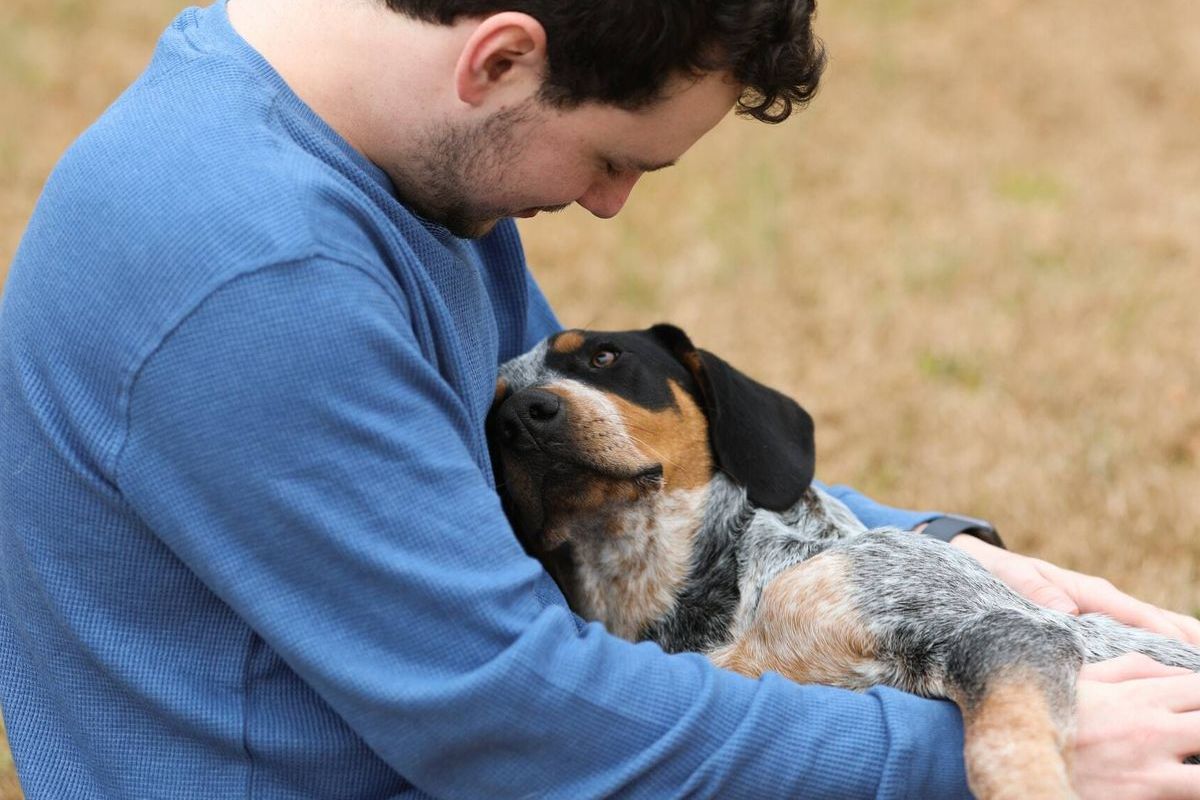 Cancer Detection and Early Diagnosis
Cancer Detection and Early Diagnosis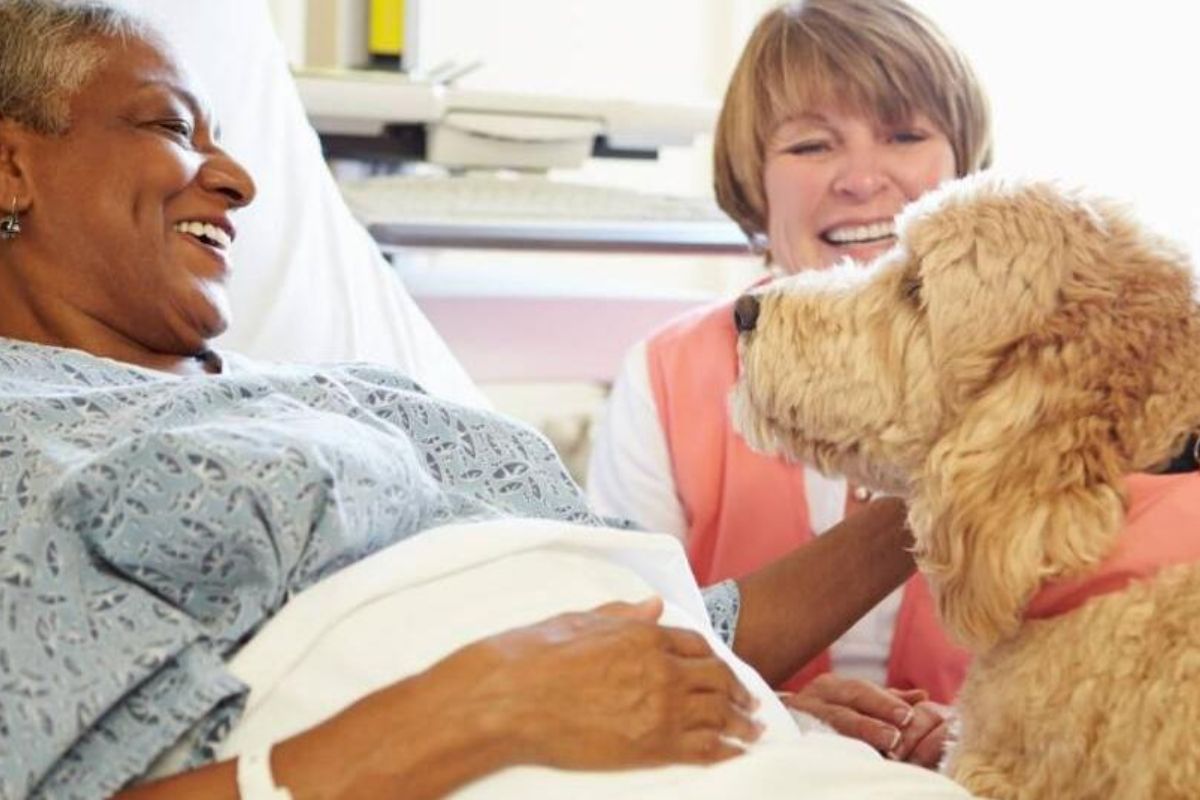 The Extraordinary Connection Between Pets and Human Health
The Extraordinary Connection Between Pets and Human Health
You may also like